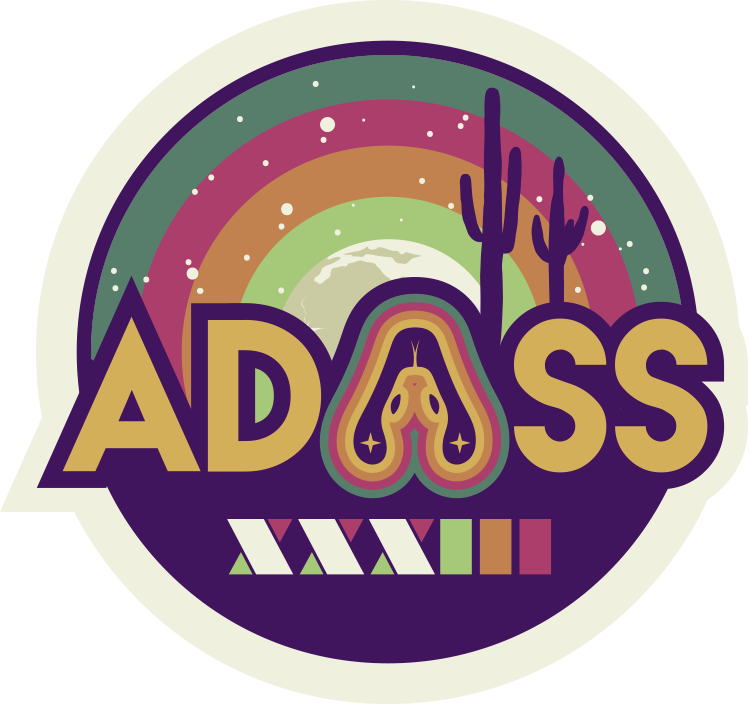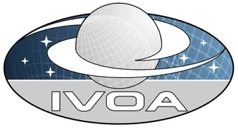Wednesday plenary 3: Contributed talk
When
Where
Theme: Software, tools and standards for Solar System, heliophysics, and planetary research
A major goal of space-based exoplanet transit survey missions (Kepler, K2, TESS, Plato, Roman) is to detect small Earth-sized planets. However, almost all of the detection pipelines use the Box-Least Squares (BLS) periodogram algorithm following the detrending of stellar light curves with common approaches such as Gaussian Processes Regression or Splines. Such detrending approaches cannot effectively remove short-memory autocorrelation, resulting in a severe degradation in BLS's sensitivity to small planets. We find that a combination of AutoRegressive Integrated Moving Average (ARIMA) modeling and the Transit Comb Filter (TCF) periodogram improves sensitivity over BLS. To show this, we simulate transiting planets in stellar light curves with two different noise models: pure Gaussian and AutoRegressive Moving Average (ARMA). Two measures are used: the periodogram signal-to-noise ratio (SNR) and False Alarm Probability (FAP) based on the generalized extreme value distribution for quantifying periodogram peak significance. We compare the relative sensitivities of the BLS and TCF periodograms by varying the number of transits in the light curve and, for each case calculating the minimum detectable depth (i.e., the lowest depth at which FAP < 0.01 or SNR > 6). Considering the goal to detect small planets reliably, we find that the combination of the ARIMA + TCF pipeline and the SNR detection metric is preferred since it yields the lowest MDD. The application of our approach to real TESS light curves with small exoplanets agrees with the simulation results. We recommend analysts replace the BLS periodogram with the ARIMA + TCF pipeline for greater sensitivity to small planets in future transiting surveys.



